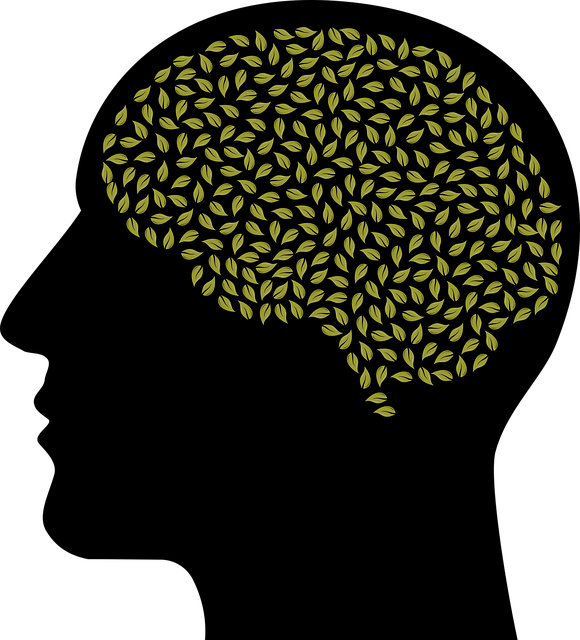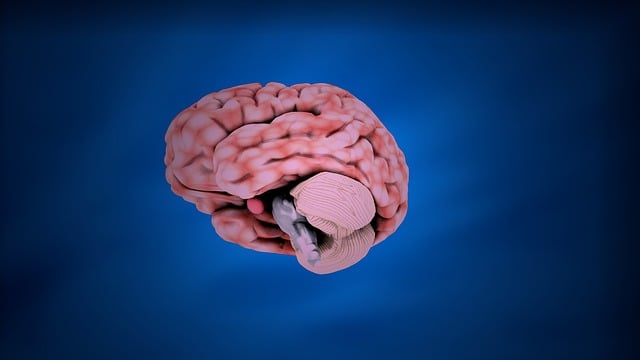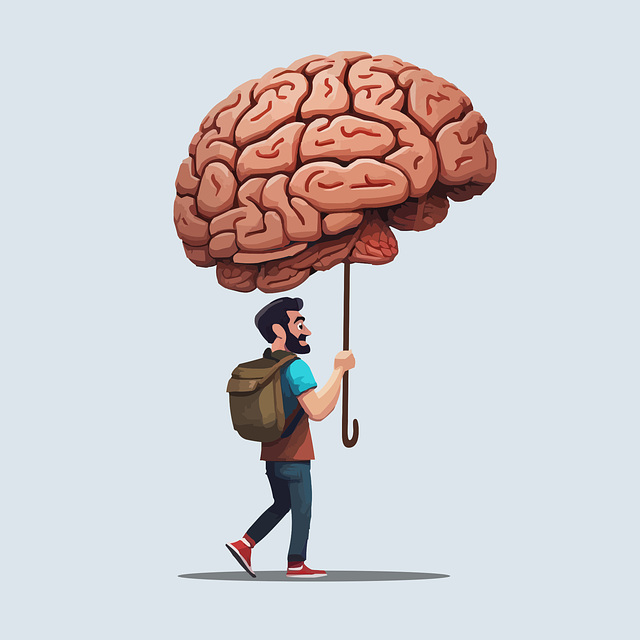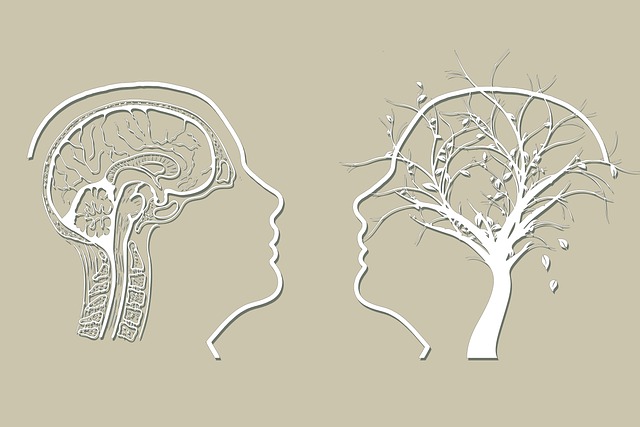治疗环境中针对普通话年轻成人的风险评估至关重要,涉及识别文化、社会因素及个人经历,制定个性化治疗计划。文化敏感性培训对医疗提供者不可或缺,帮助理解和满足独特需求。针对普通话年轻成人面临的障碍,如语言服务限制与文化污名,制定全面的危害最小化计划至关重要,包括社区外展、危机干预和可及性的心理健康播客。持续评估和更新风险管理策略,并通过持续教育培训增强专业人员能力,以促进该群体的心理健康福祉。
Risk assessment and harm minimization planning are crucial components of therapy for young adults, especially those speaking Mandarin Chinese. This comprehensive guide explores essential aspects of this process, starting with understanding risk assessment in a therapy context relevant to this demographic. We identify potential harms specific to Mandarin-speaking young adults, provide strategies for developing robust minimization plans, and discuss implementation and continuous evaluation techniques. By adhering to these practices, therapists can enhance safety and foster effective treatment outcomes.
- Understanding Risk Assessment in Therapy Context
- Identifying Potential Harms for Mandarin Chinese Speaking Young Adults
- Developing a Comprehensive Minimization Plan
- Implementation and Continuous Evaluation Strategies
Understanding Risk Assessment in Therapy Context

在治疗环境中,风险评估是至关重要的。对于年轻成人(18-35岁)的普通话(Mandarin Chinese)说话者而言,这一过程涉及识别和分析可能影响其心理健康和福祉的潜在风险因素。通过深入了解个人的文化背景、社会环境和个人经历,治疗师可以制定出个性化的治疗计划,有效地降低风险,最大化益处。
文化敏感性在心理健康护理实践中扮演着关键角色。针对普通话说话者的文化能力培训对医疗提供者至关重要,帮助他们认识并应对文化差异。通过提高文化竞争力,医疗提供者可以更好地理解客户的独特需求,避免潜在的伤害,促进更有效的治疗结果。此外,防止工作倦怠也是规划过程的一部分,确保治疗师能够为年轻成人提供持续而高质量的护理服务。
Identifying Potential Harms for Mandarin Chinese Speaking Young Adults

Mandarin Chinese speaking young adults face unique challenges that can contribute to a range of potential harms. Barriers to accessing mental health services, cultural stigma surrounding mental illness, and limited availability of therapy for their native language all compound existing issues such as academic pressure, family expectations, and social isolation. These factors underscore the importance of tailored risk management planning for this demographic.
Effective harm minimization strategies must consider both the specific cultural context and individual needs of Mandarin-speaking young adults. Encouraging the development of strong self-care practices, fostering open communication within communities, and increasing accessibility to culturally competent therapy services are key components in mitigating risks and promoting positive mental wellness for this population.
Developing a Comprehensive Minimization Plan

Developing a comprehensive harm minimization plan is an integral step in ensuring effective risk assessment for young adults, especially those from Mandarin Chinese-speaking backgrounds who may face unique challenges navigating therapy and support services. This process involves a collaborative effort between mental health professionals, community leaders, and cultural experts to create tailored interventions.
The plan should encompass various strategies such as implementing a Community Outreach Program that reaches out to young adults in their native language and cultural context, offering Crisis Intervention Guidance adapted to address specific fears or beliefs, and producing accessible Mental Wellness Podcast Series catering to the Mandarin-speaking community. By integrating these initiatives, the overall goal is to foster a sense of belonging, provide much-needed support, and ultimately minimize potential harms faced by this demographic in their pursuit of mental wellness.
Implementation and Continuous Evaluation Strategies

在实施风险评估和伤害最小化规划后,持续的评价策略至关重要。定期审查和更新计划可以确保其有效性和相关性。对于提供 治疗服务给年轻成人说普通话的中文使用者 的机构,可以设立明确的反馈机制,鼓励参与者、家长和员工提供反馈。通过收集和分析这些信息,专业团队能够识别潜在的风险因素,并根据需要调整干预措施和支持策略。
此外,风险管理规划对于心理健康专业人员 来说也是关键。持续教育和培训可以增强他们的风险评估能力和应对复杂情况的技巧。通过 促进情感福祉和应用心理健康意识 的技术,专业人员能够更好地支持年轻成人,帮助他们建立复原力,并最终减少心理健康问题对个人的影响。
Risk assessment and harm minimization planning are essential components of providing effective therapy for young adults speaking Mandarin Chinese. By understanding the unique risks and potential harms specific to this demographic, therapists can develop comprehensive minimization plans tailored to their needs. Continuous evaluation and implementation strategies ensure that these plans remain dynamic and responsive to individual progress. This holistic approach fosters a safer and more supportive therapeutic environment, ultimately enhancing outcomes for young adult clients speaking Mandarin Chinese.














